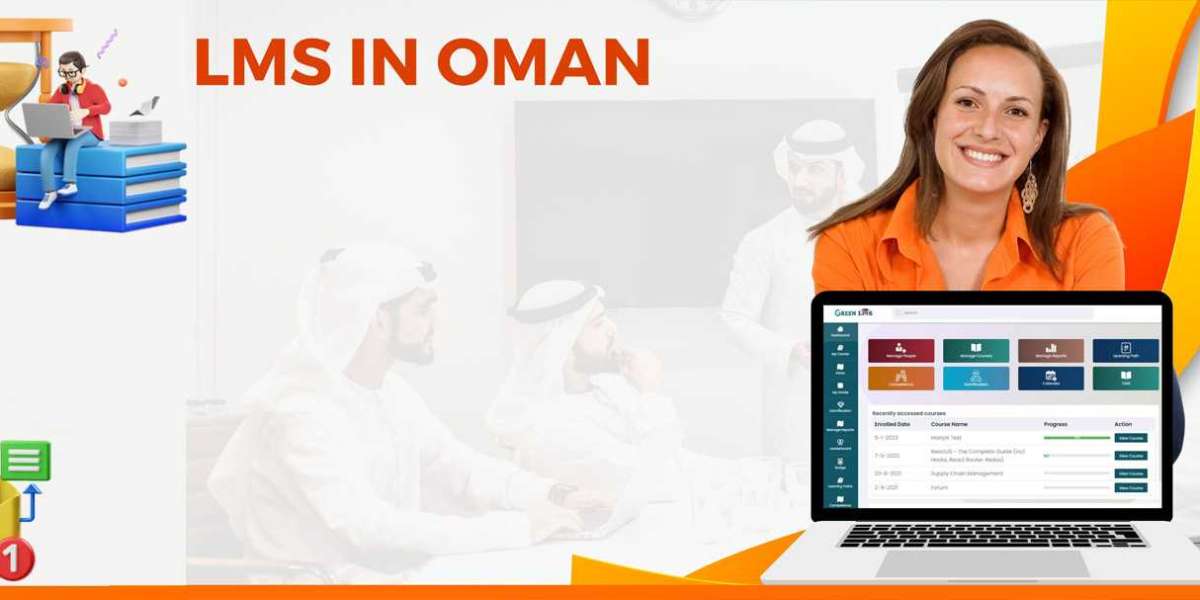Introduction
Accessibility standards in e-learning platforms are guidelines and requirements that ensure that e-learning content is accessible to all learners, including those with disabilities. These standards are developed by organizations such as the World Wide Web Consortium (W3C) and the Accessible Rich Internet Applications (ARIA) Working Group.
Why are accessibility standards important in e-learning?
Accessibility standards are important in e-learning because they ensure that all learners have equal access to educational opportunities. Learners with disabilities should be able to use e-learning platforms just as easily as learners without disabilities.
Common accessibility standards in e-learning
Some of the most common accessibility standards in e-learning include:
- Perceivable: All information and user interface components must be perceivable to users in ways they can perceive. This means providing alternative text for images, captions, and transcripts for audio and video content, and ensuring that color is not used alone to convey information.
- Operable: User interface components and navigation must work with input methods other than a mouse or trackpad. This means providing keyboard navigation and ensuring that all user interface components can be activated using a keyboard.
- Understandable: Information and the operation of the user interface must be clear and concise. This means using plain language and avoiding jargon.
- Robust: Content must be robust enough that it can be interpreted reliably by a wide variety of assistive technologies. This means using standard HTML and CSS markup and avoiding proprietary technologies.
Benefits of using e-learning platforms that comply with accessibility standards
There are several benefits to using e-learning platforms that comply with accessibility standards, including:
- Improved inclusion:Accessibility standards help to ensure that all learners have equal access to educational opportunities.
- Reduced barriers to learning: Accessibility standards can help to reduce barriers to learning for learners with disabilities.
- Improved user experience:Accessibility standards can help to improve the user experience for all learners, regardless of their abilities.
- Reduced costs:Accessibility standards can help to reduce the costs associated with providing accommodations for learners with disabilities.
How to ensure that your e-learning platform is accessible
There are several things you can do to ensure that your e-learning platform is accessible, including:
- Follow accessibility standards:When developing your e-learning content, follow accessibility standards such as the Web Content Accessibility Guidelines (WCAG) 2.1.
- Use accessible tools and technologies:Use accessible tools and technologies to develop and deliver your e-learning
- Test your content for accessibility:Test your e-learning content for accessibility using assistive technologies such as screen readers and keyboard navigators.
- Get feedback from learners:Get feedback from learners with disabilities on the accessibility of your e-learning platform.
Conclusion
Accessibility standards in e-learning platforms are essential for ensuring that all learners have equal access to educational opportunities. By following accessibility standards, you can create an e-learning platform that is accessible to all learners, regardless of their abilities.
Here are some additional tips for ensuring that your e-learning platform is accessible:
- Use clear and concise language:Avoid using jargon and complex sentences.
- Provide alternative text for images:Alternative text should describe the image accurately and concisely.
- Provide captions and transcripts for audio and video content: Captions and transcripts should be synchronized with the audio and video content and should be accurate and complete.
- Use keyboard navigation:Allow learners to navigate the user interface and activate user interface components using the keyboard.
- Use color contrast:Ensure that there is sufficient contrast between the text and the background color.
- Make sure that all content is resizable:Learners should be able to resize the content to meet their needs.
- Use accessible fonts:Avoid using decorative fonts and fonts that are too small.
By following these tips, you can create an e-learning platform that is accessible to all learners.
If you're inspired by the potential of eLearning platforms to make a real difference, don't miss out on experiencing it firsthand. Click here to Get a Free Business LMS for a Lifetime, a top-tier cloud-based LMS solution, and join the revolution towards inclusive, accessible, and effective education for all.
Read more about how Green LMS can be tailored for various applications: LMS for Universities, LMS for Schools, LMS for Corporate Ready to take the leap into efficient and effective online learning and training management? Click here for Lifetime Free Green LMS.








